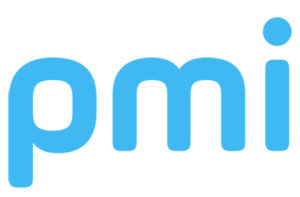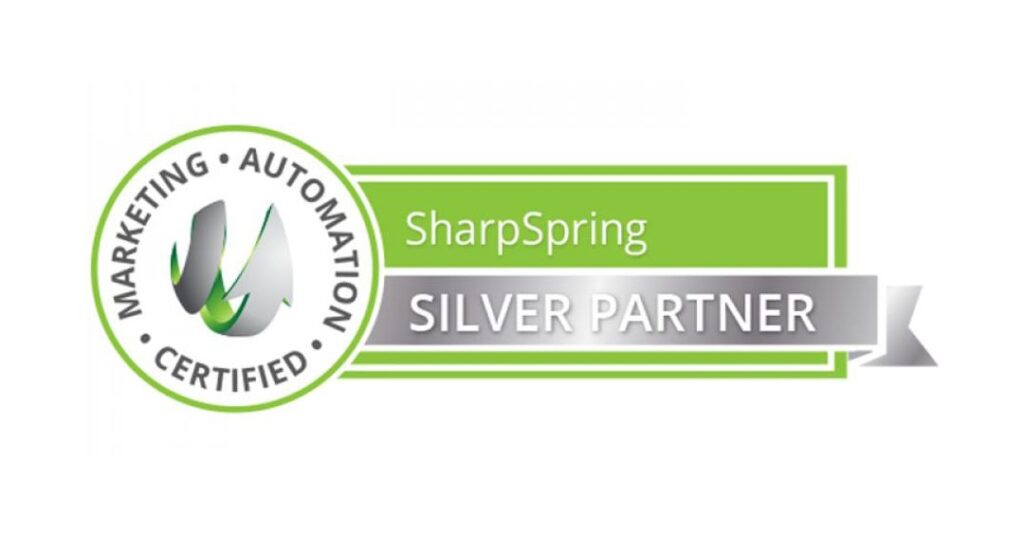With the advent of CRM (customer relationship management) software in the early 2000s, and the analytics it can provide, marketing professionals were able to tangibly show their boss some great ROI numbers based on their investments. For executives and management professionals outside of marketing teams, ROI in sales revenue is often the only metric that matters.
 In enterprise software sales, however, sales cycles are long, sometimes spanning one fiscal year into the next. ROI becomes pipeline in these instances and for marketing leaders, the news is good. On the sales side where nobody ever gets fully compensated for a lead or opportunity, ROI sometimes becomes hope. Speed of opportunity through the pipeline becomes everything. But how do you decrease the length of the sales cycle in large enterprises where deals are closed by committee and scrutinized by everyone in the deal validating food chain?
In enterprise software sales, however, sales cycles are long, sometimes spanning one fiscal year into the next. ROI becomes pipeline in these instances and for marketing leaders, the news is good. On the sales side where nobody ever gets fully compensated for a lead or opportunity, ROI sometimes becomes hope. Speed of opportunity through the pipeline becomes everything. But how do you decrease the length of the sales cycle in large enterprises where deals are closed by committee and scrutinized by everyone in the deal validating food chain?
Content is the answer, and it is the power of high-quality content that makes leads sticky, intrigue from a story being told to like-minded decision makers dealing with the same business service issues. This commonality and being able to test your message as those leads move through the sales pipeline are the R in your ROI. The creative investment you put forth in your storytelling make this part of your marketing endeavors the easiest to justify than other types of marketing investments like branding. What might not be as apparent from the outset is that part of marketing budgets must include the branding. The simple exercise of getting your name and logo out there with a short message (like a tagline) and building your brand by establishing your look, feel and reason for serving a market should go hand in hand with lead-generating content.
In a typical campaign where you are trying to generate leads, opportunities, and ultimately revenue, it’s routine to allocate as much as 25% of the budget to simply “an investment in branding.” Take, for instance, a conference where you’re spending $20,000 on. There are a lot of branding elements. There is also time spent in your booth speaking to prospects and hopefully customers.
You may only spend $10,000 on the booth reservation, the graphics for it and the campaigns before the show to get people to stop by your booth. The rest of your effort may not generate any lead or semblance of one so why allocate the whole $20k to your ROI calculation. In this instance, realistically you should only allocate 50-to-60 percent of your ROI calculation to lead generation. The rest of the conference investment should be “chalked up” to an investment into your brand. This is something that is an intangible to measure with CRM and Marketing Automation tools but should still be considered.
In terms of branding in the enterprise software space, most prospects aren’t going to buy your product after seeing a google ad, a digital billboard, or a single social media post. But what they might do is remember you the next time they have a triggering event that causes them to seek out a solution, especially if you complemented that visual element with an email campaign in the past 30 days or a conference in the past 90.
For example, a pharmaceutical commercial isn’t banking on you buying a drug after seeing a commercial for Cymbalta. But the familiarity a customer has with a company that has spent the time and money to make sure their logo/tagline/branding gets put in front of eyeballs is what will increase the odds of your brand being top of mind the next time those eyeballs experience a triggering event (like say being diagnosed with fibromyalgia.)
You might not get any immediate, concrete leads out of branding efforts, but you can measure web traffic, email opens and social media interactions as a part of expanding your brand recognition, your brand ROI. And it’s important to separate out these metrics from lead generation ROI to glean accurate analytics from your campaigns.
What’s more, these branding efforts need to be frequent to have much effect. Create a regular cadence of messaging (in addition to other marketing events) to go across prospects’ desks frequently and consistently to increase your likelihood of being at the right place at the right time.
In our latest white paper titled, “SMB Software Vendors: You Don’t Need a Big Budget to Compete with the Giants, But You Do Need to Be at the Right Place at the Right Time,” we discuss the importance of being the brand that is in the right place at the right time, and how a well-executed strategy can help small software vendors compete with the software giants of the industry.
To learn more about our philosophy on branding vs. lead-generating content, and to learn 10 things that will make the marketplace listen to you, regardless of your company size or budget, download our latest whitepaper today.



